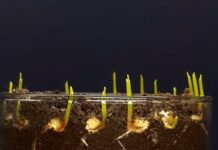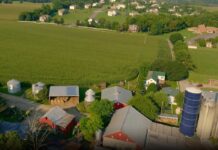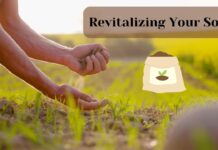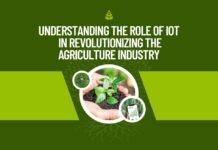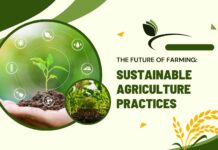
Australia is a land with over 22 million people which is located in the southern hemisphere of the world. Residents live mostly along the coastal regions. The weather is actually very temperate, with the north experiencing warm temperatures most of the time. Although snow does fall on mountain slopes, the southern states experience mildly cool winters. As you may imagine, with this type of weather, Australia’s agricultural products offer the finest quality fruits and vegetables which are highly exported to the world. The growers offer complete traceability with the fruits and vegetables grown in exceptionally high-quality standards.
Australia has a highly developed economy. It has products that other countries need and want, ranking it high on the list of exporting goods to other countries in the world. It produces more wool than any other country. It ranks second to Canada in wheat production and also exports such products as raisins, oats, barley, aluminum, nickel, zinc, shrimp, grapes, and wine, just to name a few. Australia also has a well-known reputation for exporting only the highest quality beef. The country exports disease-free and traceable beef exports to world markets. This has created a high demand for beef in such countries as Japan, Korea, and the United States. With consumers demanding only the very best, Australia’s seafood exports also continue to be high among exported products. Australia has a reputation of supplying clean and healthy seafood to the world at large. The demand for foods high in protein yet low in cholesterol has become so popular throughout the world which has created a need and want for seafood. Australia certainly
what is the difference between Aeroponics and Hydroponics?
Aeroponics is a form of hydroponics. The roots of the growing plants are suspended in the air, and they are misted by high-pressure sprayers. The sprayers break the nutrient into small particles and saturate the roots. The levels of oxygen in the water are kept high by the constant circulation of the water. Experiments with aeroponics have shown that plants can grow up to 50% faster than in regular hydroponic systems. Hydrogen Peroxide (H202) is made up of oxygen and water. When it breaks down a single atom of oxygen is released along with a single water molecule. It leaves no residue or waste behind. The single atom of oxygen is what makes it so useful. Hydrogen Peroxide has two main uses in hydroponics: disease-fighting and aeration. It can be added regularly to nutrient solution in order to increase the amount of dissolved oxygen in solution. It can also be added to help fight root rot. Aeroponics is a form of hydroponics.
Can I transfer plants from soil to hydroponics? Yes, you can. All you need to do is wash the roots of the plant by dipping in water and try to remove as much of the soil matter as possible. Be very careful with the delicate roots so the plant doesn’t go into too much transplant shock.
Is hydroponics organic?
Hydroponics is a very pure form of agriculture which uses a fraction of the water and fertilizer than traditional, soil-based agriculture does. There is no need for herbicides in hydroponics because there are no weeds. Most hydroponic growers use integrated pest management or biological control to keep pest insects from causing damage. Most hydroponic fertilizers are a premium grade of water-soluble fertilizer. Hydroponics is defined as the cultivation of plants by placing the roots in a liquid nutrient solution rather than soil. This method of growing plants is believed to have been used to grow plants in the hanging gardens of Babylon over 2,000 BC. In modern times, the US army used hydroponics to feed the occupation troops in Japan after World War II.
Can I still grow organically using hydroponics? There really is not much difference between “organically” grown produce and “hydroponically” grown to produce, as both are grown with high-quality minerals and without the use of toxic pesticides. You can also opt to utilize a variety of organic hydroponic nutrients that are available. Hydroponics is the method of growing plants using soilless media which could include a wide variety of examples like gravel, peat, vermiculite Perlite, old rubber tires, rock wool and expanded clay aggregates. The minerals that the plant needs are dissolved into the water which is then watered directly to the plants.
So, in short instead of the plants searching throughout the soil for their minerals, they draw them directly from the water that they are being fed. Hydroponics literally means “water working” but, in practical use, it means growing plants in a nutrient solution without soil.
What different growing media can be used in hydroponics?
The different growing media used in hydroponics are: –
Expanded Clay – enables nutrients to be controlled by the water hydroponics is a very pure form of agriculture which uses a fraction of the water and fertilizer than traditional, soil-based agriculture does. There is no need for herbicides in hydroponics because there are no weeds.
Most hydroponic growers use integrated pest management or biological control to keep pest insects from causing damage. Most hydroponic fertilizers are a premium grade of water-soluble fertilizer.y meets these worldwide demands.

